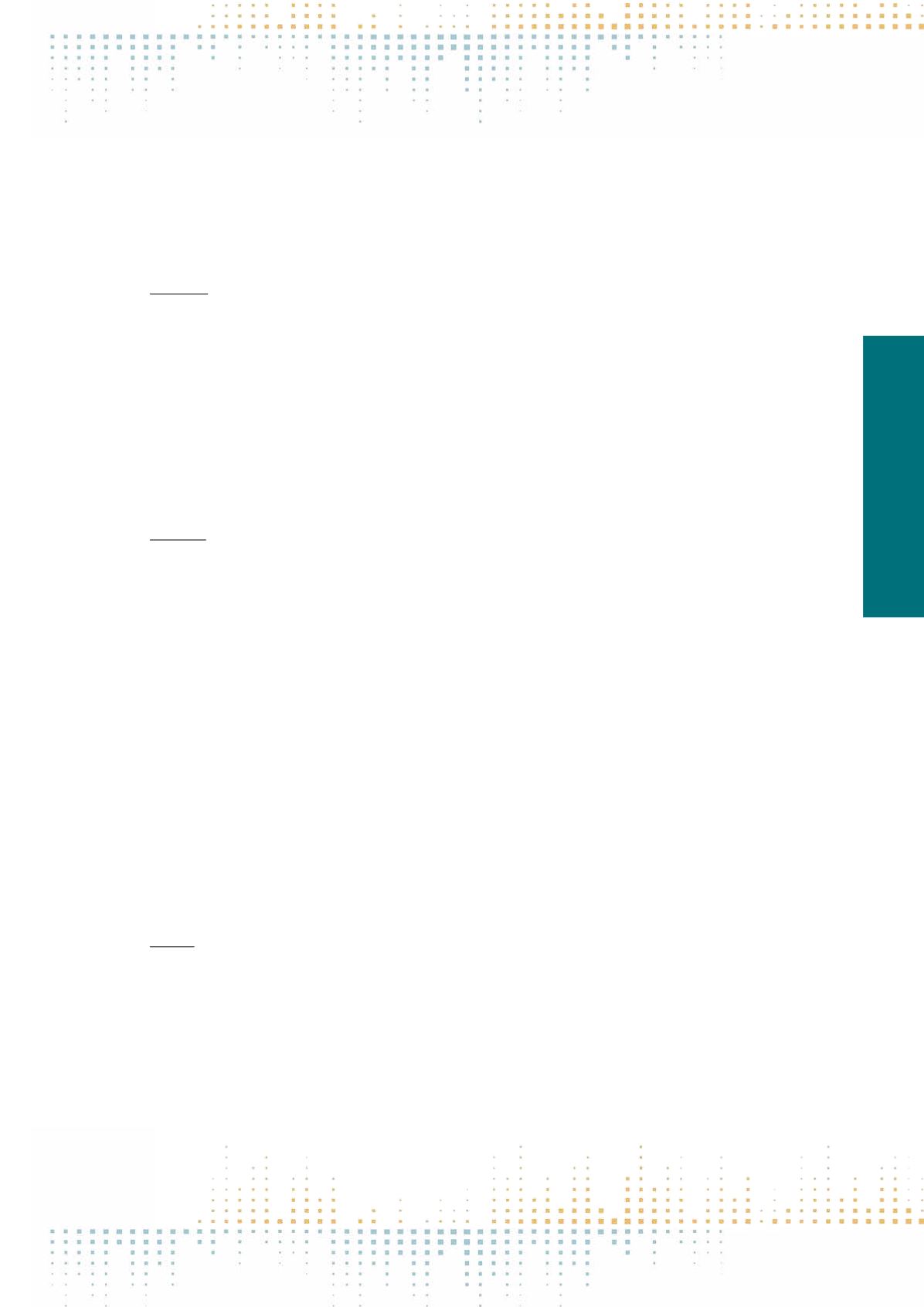

79
Friday, November 11
0 9 : 0 0 – 1 0 : 3 0
with (despite the fact that benefit fraud makes up a tiny fraction of the welfare budget). However, while all channels have indulged in this form of ‘poverty
porn’, it is Channel Five that dominates the field in this kind of diet. Channel Five’s most recent offering ‘The Great British Benefits Handout’ was preceded
by at least 16 shows of this kind, each with ‘benefits’ in the title. This paper will ask why Channel Five in particular relies on this kind of programme. It will
examine the role that these programmes play in the channel’s attempts to increase their declining audience share in a deregulated field. It will also explore
the channel’s cross ownership links with the gutter press, particularly the Express Group whose papers regularly publish stories about benefits scroungers
based on Channel Five’s menu of poverty porn .
PN 170
Media Policy Norms for a Europe in Crisis
D. Freedman
1
1
Goldsmiths- University of London, Media and Communications, London, United Kingdom
Europe remains in crisis. Millions of its citizens are living in poverty and subject to sustained programmes of austerity that are widening the gap between
rich and poor. Communicative possibilities are squeezed by the realities of media market behaviour: public service broadcasters are facing challenges of le‑
gitimacy and funding while established news outlets are increasingly distrusted by audiences; Despite the scale of the crisis, however, there appears to be
little appetite amongst media researchers to develop a professional or policy response that rises to the challenge and attempts to offer necessary solutions.
This article reflects on existing policy norms and suggests that we need fresh ones that better articulate how best to respond to neoliberalisation and both
communicative and economic crisis. Rhetorical commitments to democracy, free speech, privacy and transparency are being squeezed by a more pragmatic
emphasis on efficiency and competition leaving little room for more expansive ambitions of social justice and equality. By focusing on several case studies,
the talk argues that we need more radical policy frames to confront the serious attacks we are facing on the public media and the public interest more
generally.
PN 171
Austerity and Racism as “Bogus Class Struggle”
G. Khiabany
1
1
Goldsmiths- University of London, Media and Communications, London, United Kingdom
6 years after the United States of America announced that the crisis is officially over, not only the crisis has continued but there are serious warnings over
another crash worse than 2008. In the past eight years policies that brought capitalism to this tornado of crisis have been used to tackle it. No wonder that
even some of the most passionate advocates of neo-liberalism are expressing doubts over the future of capitalism. The impact of austerity for the majority
of humanity has been devastating.The immediate and the most dangerous outcomes of the crisis includes massive unemployment, the creation of a reserve
army of workforce, increased competition in the labour market, the free fall of conditions of employment and living standards. The worsening condition
of life for the majority and the staggering increase of wealth and income for a tiny minority, have turned the explosive divide between rich and poor into
one of the most significant debates. The latest report by Oxfam (An Economy for the 1%) suggests that in 2015, just 62 individuals had the same wealth
as 3.6 billion people, a dramatic fall from 388 people in 2010. In the same period the wealth of the richest 62 people has risen by 44% while the wealth
of the bottom half (3.6 billion people) fell by over a trillion dollars, a drop of 41%. In short and contrary to official propaganda‘we are not all in it’. Austerity,
a euphemism for safeguarding and expanding this divide, also feed racism. Brutal welfare cuts, shrinking job opportunities, and assaults on public services
have contributed immensely to the rapid rise of sentiments and violence against immigrants and minority communities and in the official documents
and media coverage these communities are portrayed as the main threat to economic and social security. Such scaremongering are ironically happening
at a time in which the quality of life is being undermined by cuts made in the name of austerity; the very institutions that are supposedly threatened by
migrants (health services, education, employment, social housing, welfare state, etc.) are being dismantled. This papers argues that equating minorities
with economic and political security is not without precedent and indeed it is important to remember the ways in which anti-Semitism presented itself as
a (bogus) anti-capitalism by the explicit reference to ‘Jewish money’. Examining some of the examples in which the economic crisis are blamed on migra‑
tions and ‘greedy’ethnic communities, the paper suggests that the official narratives of austerity attempts to a) divide the majority that are devastated by
the crisis; b) displacing the markers of ‘insecurity’from the 99% as a whole on to ‘foreigners’and in particular Muslim communities.
PN 172
What Might an Anti-Austerity Politics Look Like?
N. Fenton
1
1
Goldsmiths- University of London, Media and Communications, London, United Kingdom
Austerity politics compounds inequality. Research shows how inequality damages our societies, our economies and our democratic systems. This damage
is not only socio-economic but extends to the limited range of political ideologies that stabilise such relations. Inequality makes certain political subjects
less visible. Because inequality damages our democratic systems then it should come as no surprise that just as more inequality reaps more protest so
inequality continues to rise. The last decade has also been marked by public manifestations of dissent often facilitated by digital media. With uprisings in
the Arab world and North Africa against vicious dictatorships; mass protests in Spain, Greece, Italy and Portugal against an austerity politics that prioritized
banks and financial agencies over people and publics; the Occupy Wall Street movement in the US and across the globe heralding the rights of the 99%;



















